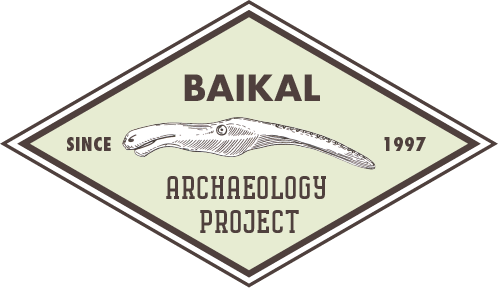In the early Holocene, Mesolithic hunter-gatherer communities inhabiting the Cis-Baikal region of Eastern Siberia were participating in a series of important cultural changes. These included the establishment of large cemeteries in the Angara Valley and on the Southwest shores of Lake Baikal, culminating in the formation of the distinctive Early Neolithic Kitoi cultural pattern ca. 7560 cal. BP. Around the same time, the appearance of clay pots in a few Kitoi graves and at some contemporary habitation sites marks the formal transition to the Early Neolithic, which is defined in Russian archaeology by the emergence of pottery (and not the transition to farming). Little is known about how this early pottery was used, and why it was first adopted into the region. This pilot-study presents lipid-residue analysis of a selection of sherds from the oldest and relatively well-dated pottery assemblage in the Cis-Baikal region, which was recovered from the Gorelyi Les habitation site. The results indicate that the pots had been used to process a broad spectrum of food resources, including ruminants, fish and plants, and possibly resin and other by-products derived from pine trees, suggesting that the vessels were being used as general-purpose cooking containers. We conclude that there is scope for a much larger-scale investigation of diversity and change in prehistoric pottery use in Cis-Baikal, and that this research would improve current understandings of the diet, health and subsistence strategies of the Kitoi and other prehistoric populations.


